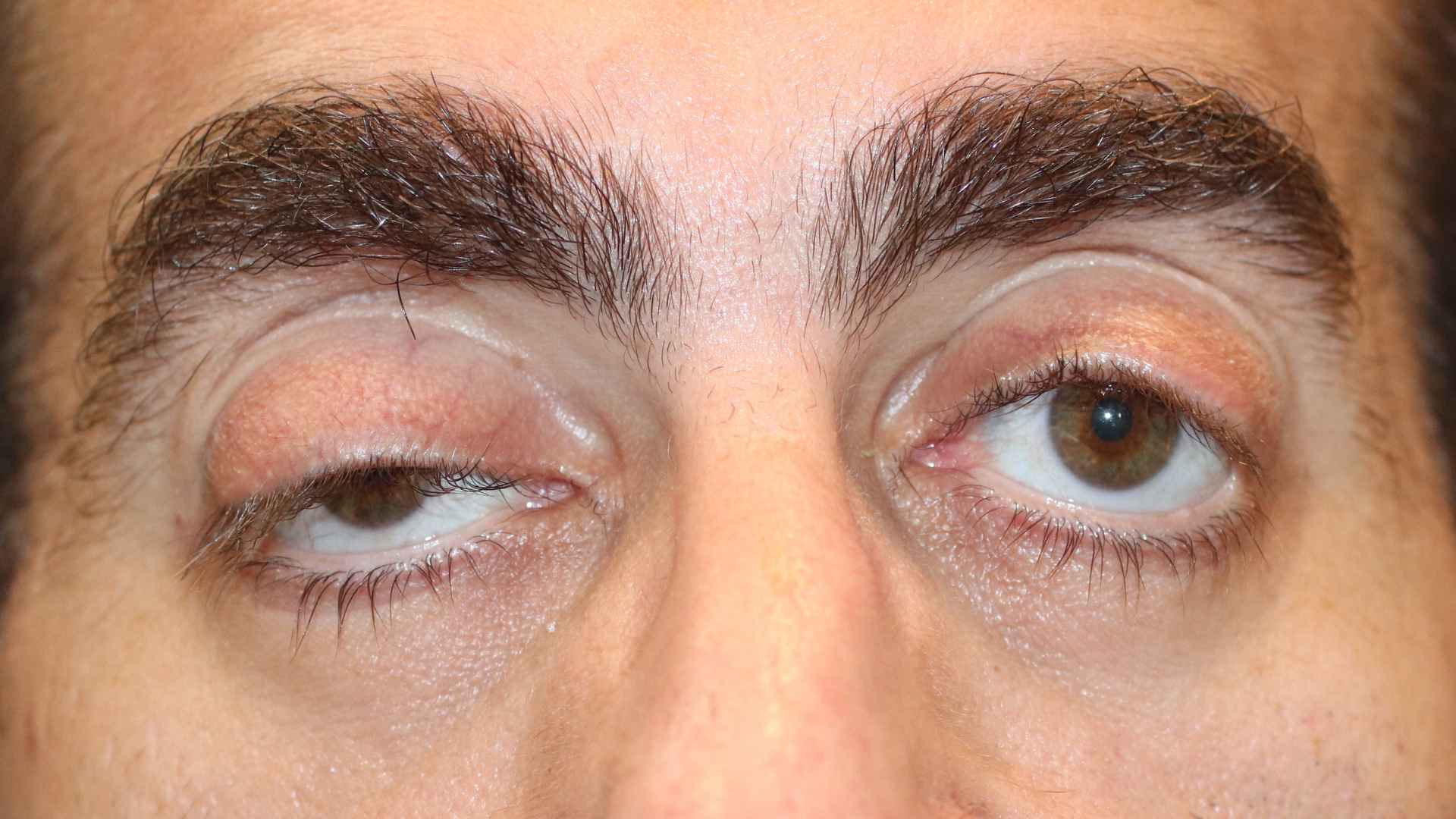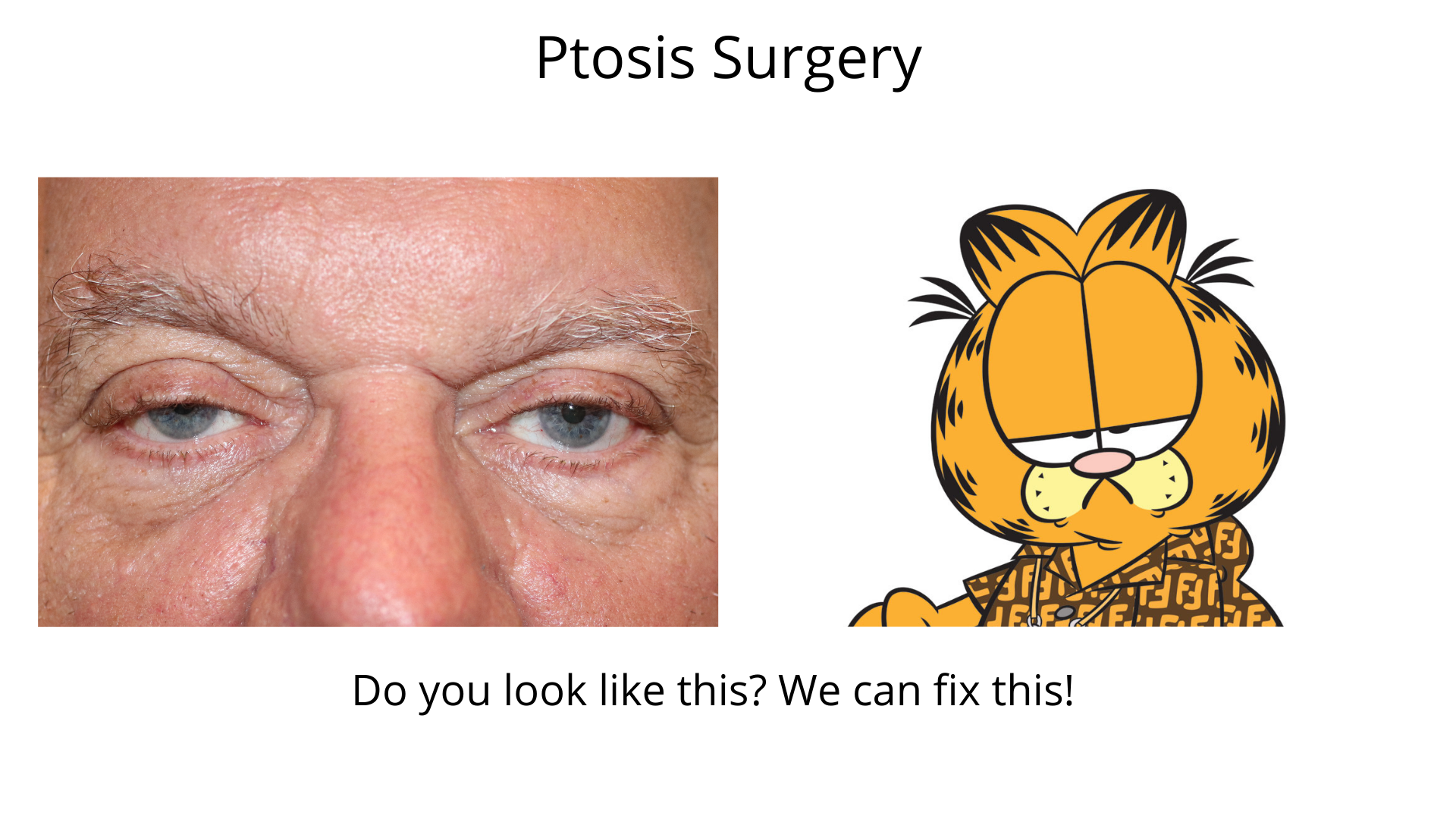Causes, Symptoms, and Treatment Options
In this comprehensive guide, we delve into the intricacies of ptosis, a condition that affects the drooping of the upper eyelid. We, as experts in the field, are committed to providing you with an in-depth understanding of ptosis, its underlying causes, tell-tale symptoms, and the wide array of treatment options available. Our goal is to equip you with the knowledge necessary to make informed decisions about your eye health.
What is Ptosis?
Ptosis, commonly referred to as “droopy eyelid,” is a medical condition characterized by the sagging or drooping of the upper eyelid. This condition can affect one or both eyes and may vary in severity, from a slight droop that barely affects vision to a more pronounced drooping that obscures the pupil.

Causes of Ptosis
Understanding the root causes of ptosis is essential in addressing and managing this condition effectively. Here are some of the primary factors contributing to ptosis:
1. Age-Related Ptosis
As we age, the muscles responsible for lifting the eyelids may weaken, leading to ptosis. This age-related ptosis can develop gradually, making it imperative to seek professional evaluation and treatment.
2. Congenital Ptosis
Congenital ptosis is present at birth and is often attributed to underdeveloped or poorly functioning eyelid muscles. Children born with congenital ptosis require prompt medical attention to prevent potential vision problems.
3. Neurological Conditions
Certain neurological conditions, such as myasthenia gravis or Horner’s syndrome, can affect the nerves and muscles that control eyelid movement, resulting in ptosis.
4. Trauma and Injury
Injuries to the eyelid or surrounding structures can lead to ptosis. Accidents, surgeries, or trauma can damage the muscles responsible for lifting the eyelid.
5. Other Health Issues
Ptosis can also be associated with other health conditions, including diabetes, thyroid disorders, and eye tumours. Treating the underlying condition is often crucial in managing ptosis effectively.

Recognizing the Symptoms
Identifying the symptoms of ptosis is the first step toward seeking appropriate treatment. Common signs of ptosis include:
- Drooping Upper Eyelid: The most noticeable symptom is the sagging of the upper eyelid, which can vary in severity.
- Impaired Vision: In severe cases, the drooping eyelid can obstruct the field of vision, making daily activities challenging.
- Eye Strain: Constantly lifting a droopy eyelid can lead to eye strain and discomfort.
- Head Tilting: Some individuals may tilt their heads back to compensate for impaired vision caused by ptosis.
Seeking Professional Evaluation
If you suspect you have ptosis or notice any of the symptoms mentioned above, it is imperative to seek professional evaluation by an ophthalmologist or an eye specialist. Early diagnosis and intervention can prevent complications and improve your overall eye health. Dr Anthony Maloof is able to assist through a personalised consultation.
Treatment Options for Ptosis
Treatment for ptosis depends on the underlying cause and the severity of the condition. Here are some common treatment options:
1. Surgery
Surgical correction of ptosis is often necessary, especially in cases of moderate to severe drooping. During surgery, the eyelid muscles are adjusted to lift the eyelid to its normal position.
2. Non-Surgical Options
For milder cases or when surgery is not an immediate option, non-surgical methods like using adhesive strips or special contact lenses may help temporarily lift the eyelid.
3. Treating Underlying Conditions
If ptosis is secondary to an underlying medical condition, such as diabetes or thyroid disorders, addressing the primary condition is essential to manage ptosis effectively.
4. Anti-wrinkle Injections
In some cases, Anti-wrinkle injections can be administered to lift the eyelid temporarily. However, this is a temporary solution and requires repeat injections.
In summary, ptosis is a medical condition characterized by the drooping of the upper eyelid and can result from various underlying causes. Recognizing the symptoms and seeking timely professional evaluation is crucial for effective management. Treatment options range from surgical correction to non-surgical methods, depending on the severity and underlying factors.
Remember that your eye health is of utmost importance, and seeking the guidance of an experienced eye specialist is the best step towards addressing ptosis and maintaining optimal vision.
This comprehensive guide aims to provide you with valuable insights into ptosis and equip you with the knowledge needed to make informed decisions about your eye health. Remember that early detection and treatment can significantly improve the outcome for individuals with ptosis. If you have any concerns or suspect you may have ptosis, do not hesitate to book a consult with Dr Anthony Maloof, for a thorough evaluation and personalized treatment plan.
More information available at www.oculoplasticsurgery.com.au
Need to book an appointment? Click here


